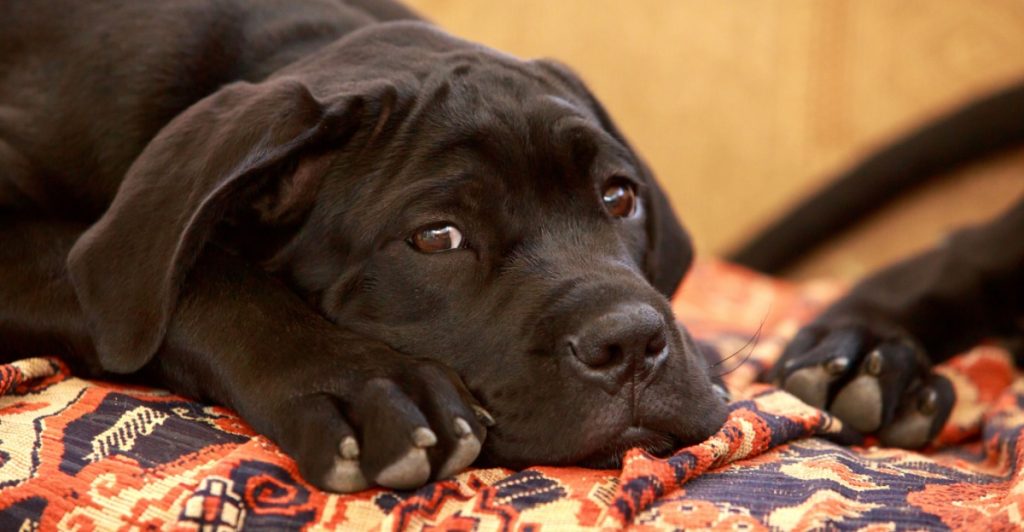Small everyday habits can have a big impact on your dog’s well-being.
Others are reading now
A dog’s anxiety often begins quietly. It’s not always barking or restlessness—sometimes it’s just a look, a tucked tail, or a loss of appetite.
1. Too Much Alone Time
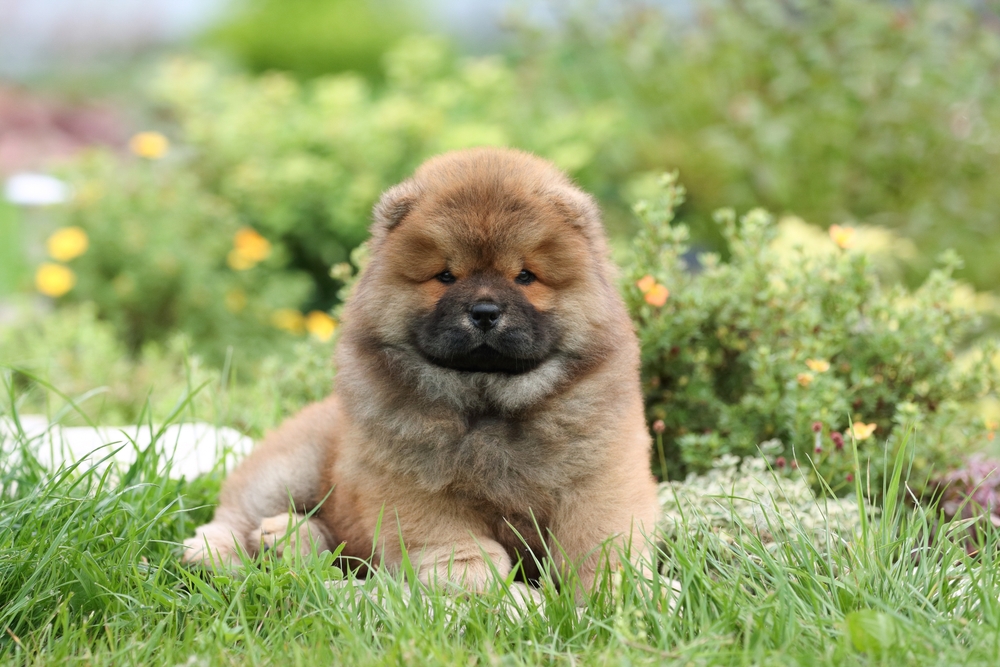
Dogs are social animals. Spending too much time alone can lead to insecurity and separation anxiety.
2. Loud Noises at Home
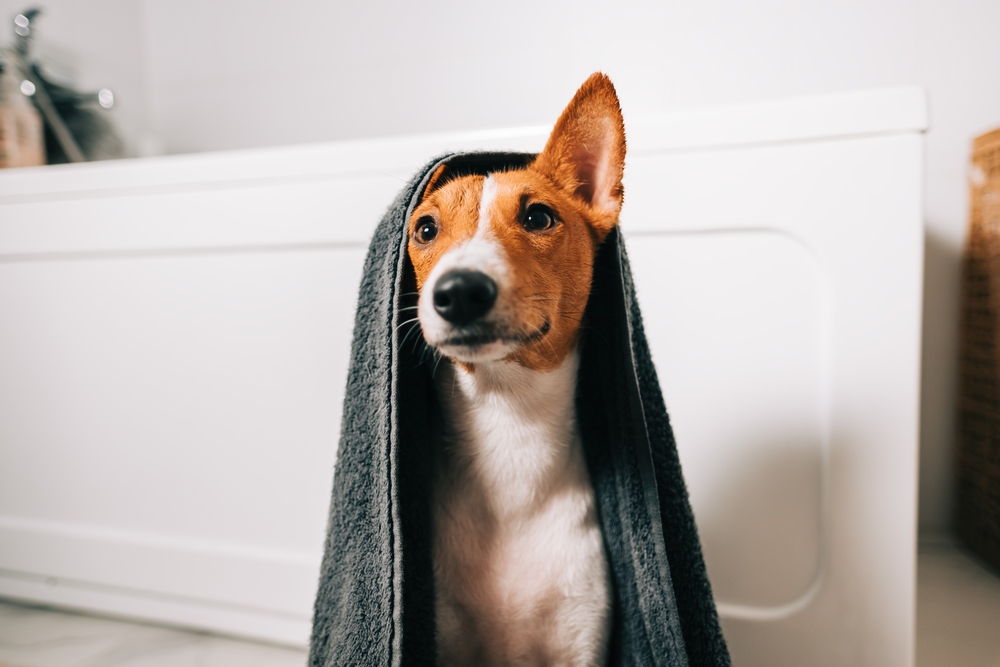
Vacuums, hair dryers, or a blaring TV can stress your dog out—especially when the sounds come on suddenly.
3. Irregular Routines
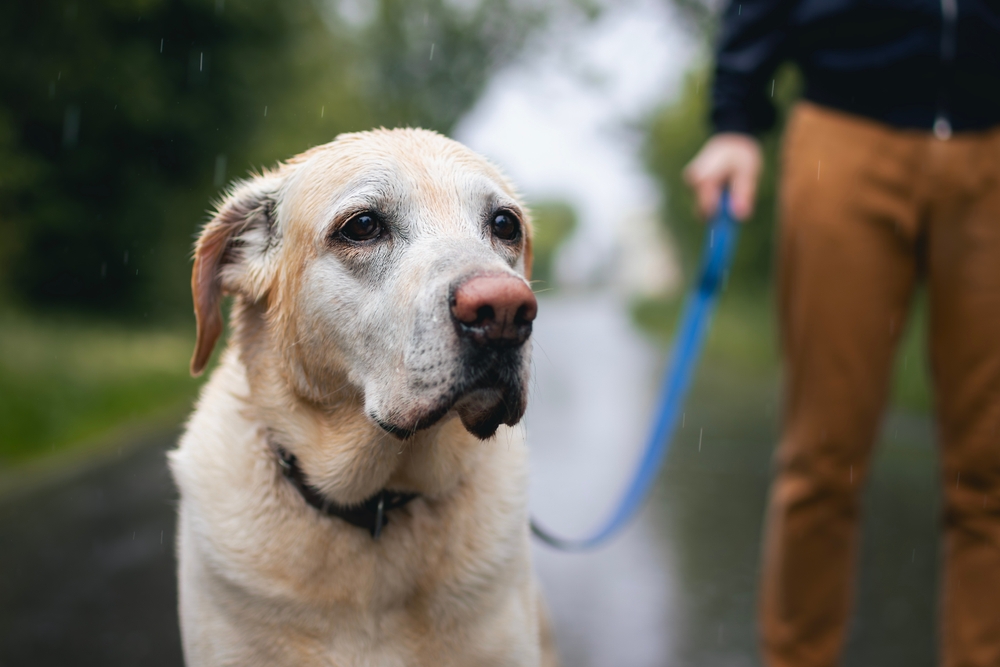
A lack of structure in feeding, walks, and bedtime can make your dog feel insecure.
Also read
4. Punitive Behavior
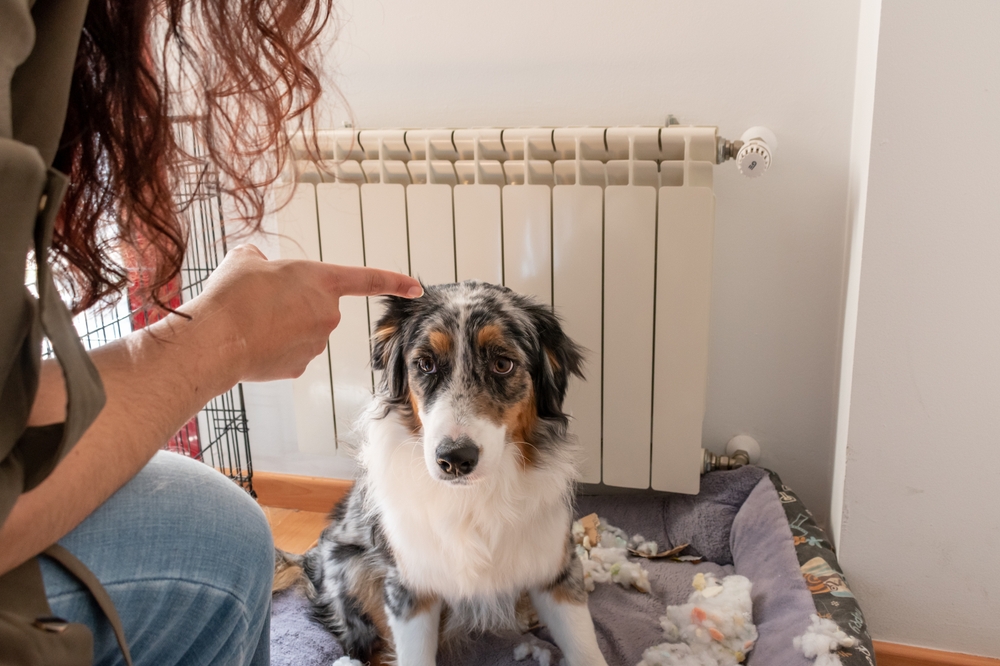
Scolding, yelling, or physical punishment breaks trust and creates fear.
5. Lack of Exercise

Not enough physical or mental activity can leave dogs restless and anxious.
6. Limited Socialization

Dogs need interaction with both people and other dogs to build confidence.
7. Constant Monitoring
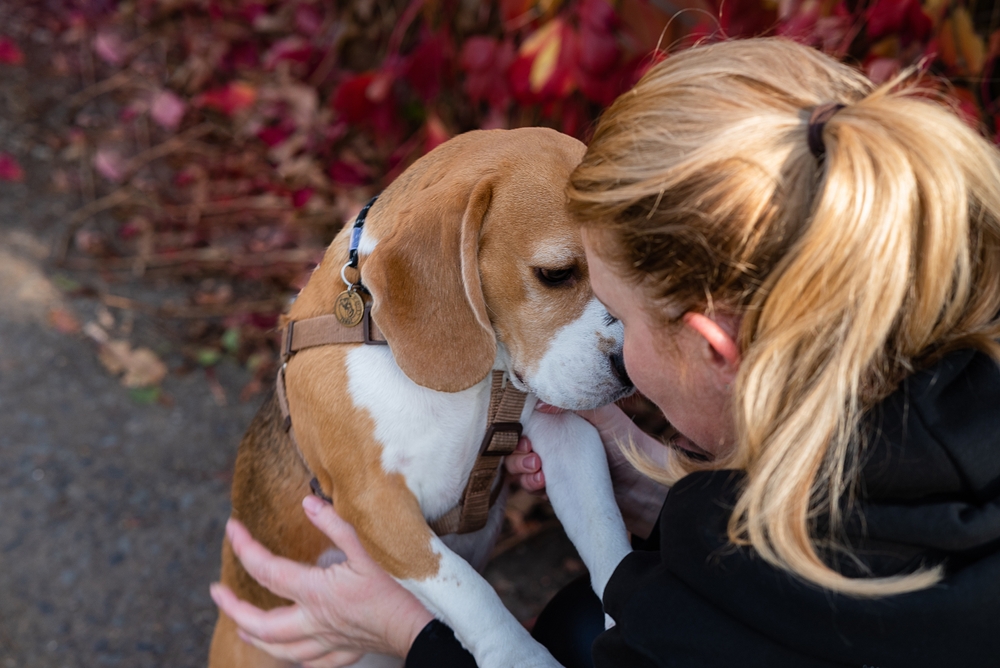
Staring at your dog or following them around all the time can make them uneasy.
8. Changes in the Home
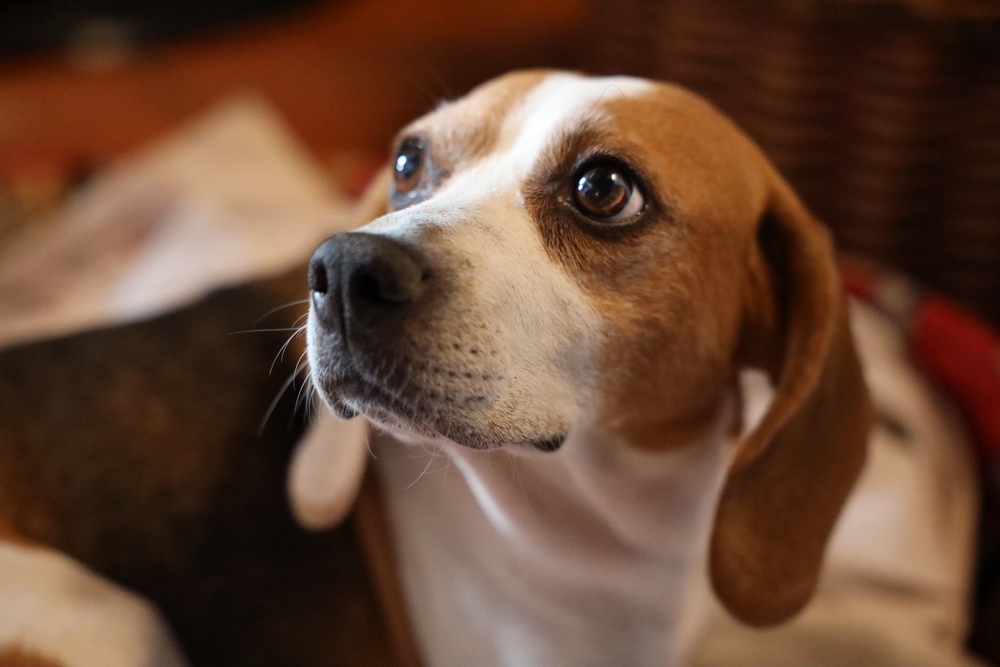
New furniture, moving to a new place, or introducing new family members can be major stressors.
9. Unpredictable Owner Behavior
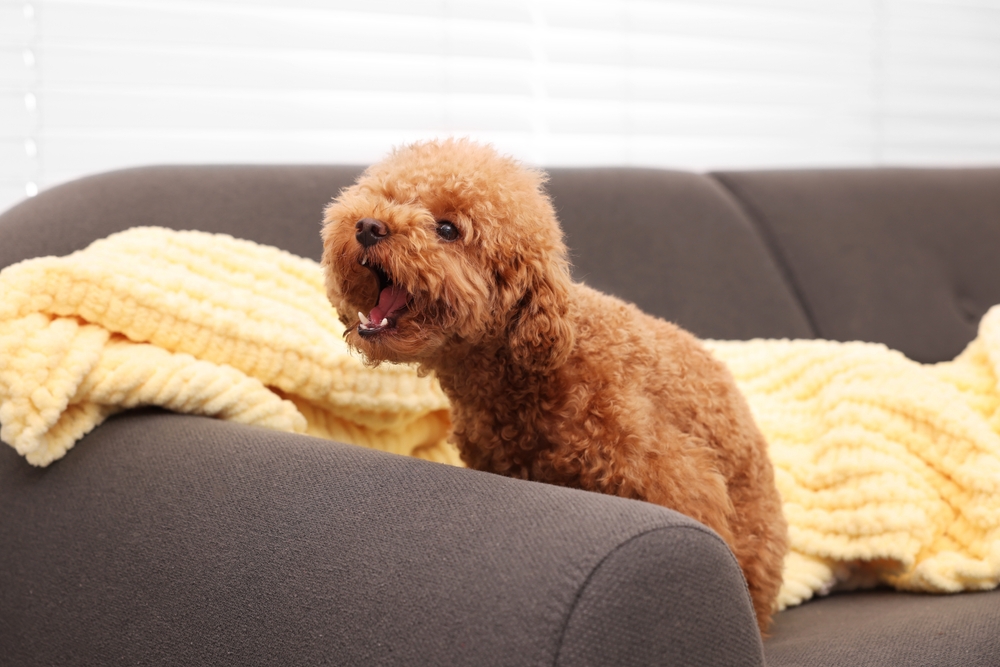
If you switch between being overly affectionate and then distant or cold, it can confuse and stress your dog.
10. Overprotectiveness
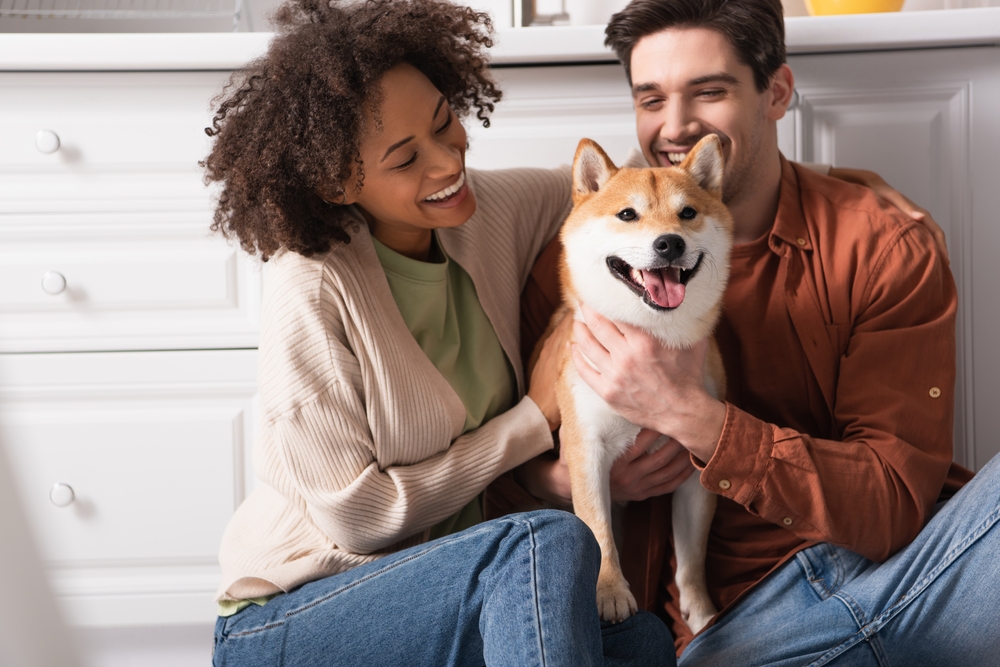
If your dog is never allowed to take initiative or explore, even minor challenges can cause anxiety.
11. Ignoring Warning Signs

Failing to notice or respond to your dog’s stress signals can leave them feeling ignored and insecure.
12. Using Force in Training
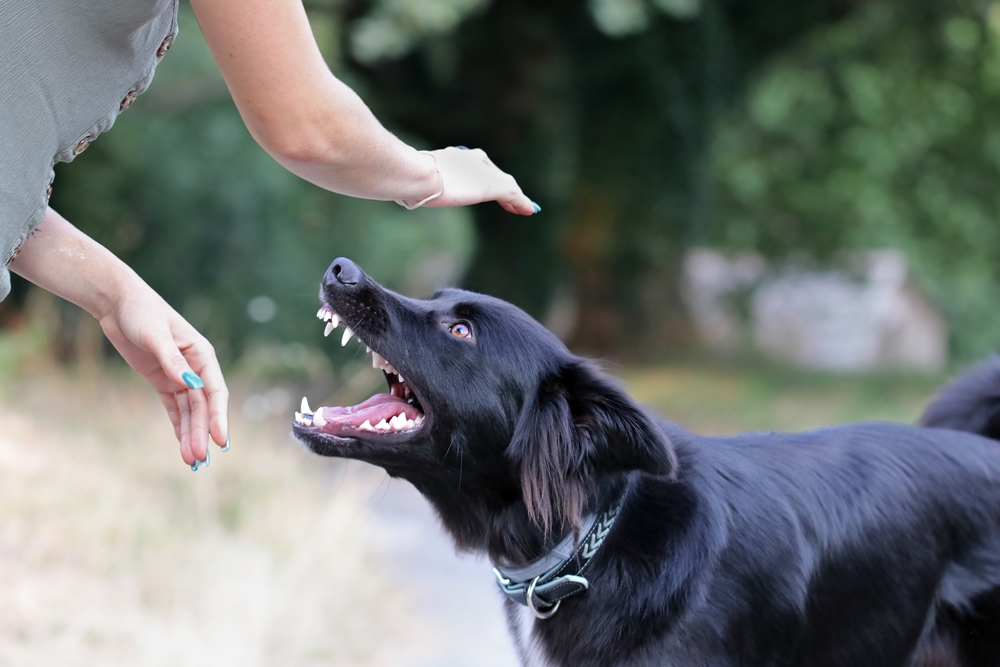
Forceful or dominance-based training methods often cause fear instead of learning.
13. Lack of Rest and Sleep
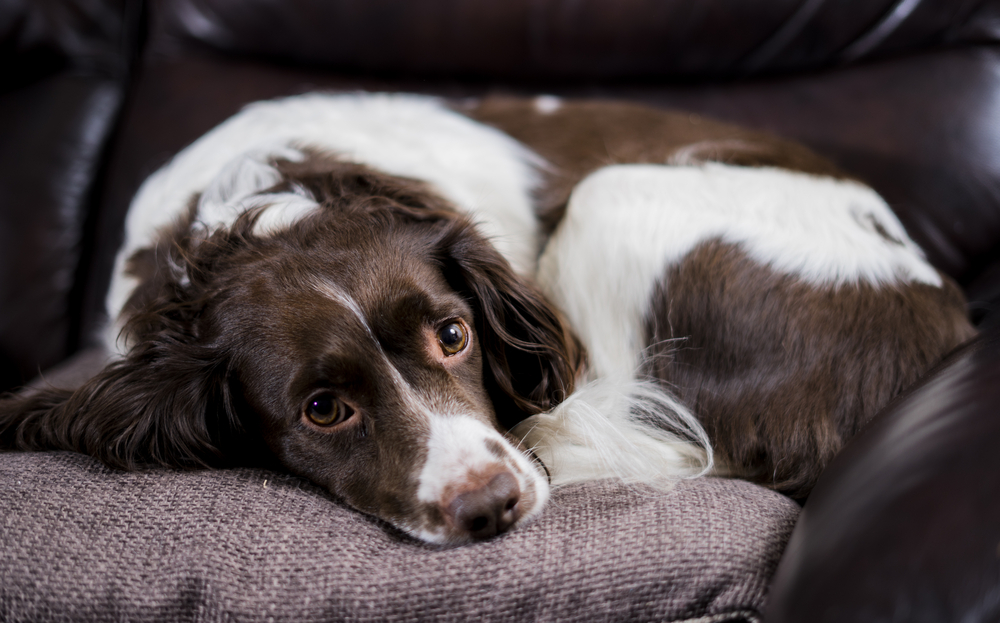
Noise, disruption, or discomfort in your dog’s sleeping space can prevent proper rest and lead to ongoing stress.

